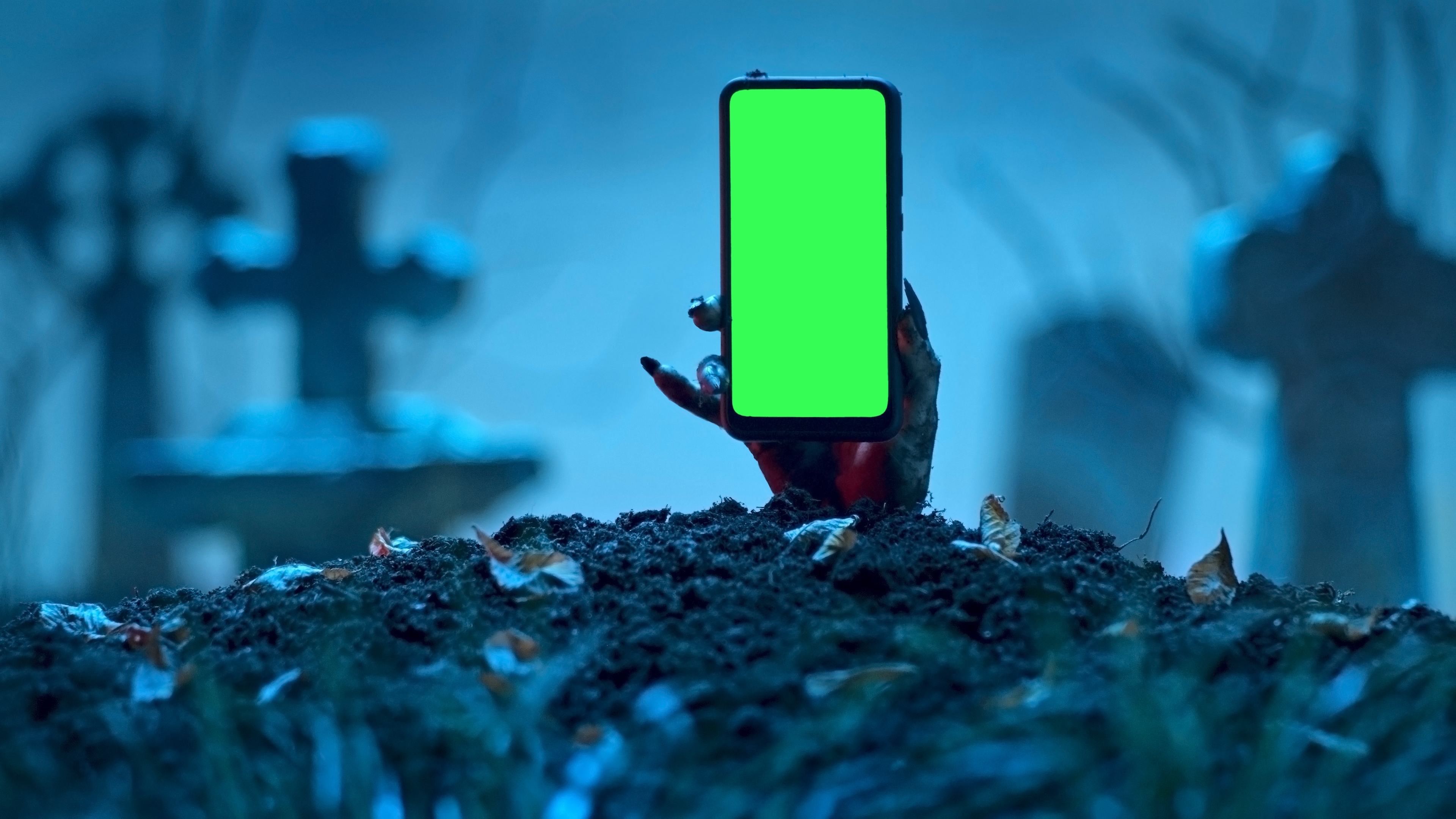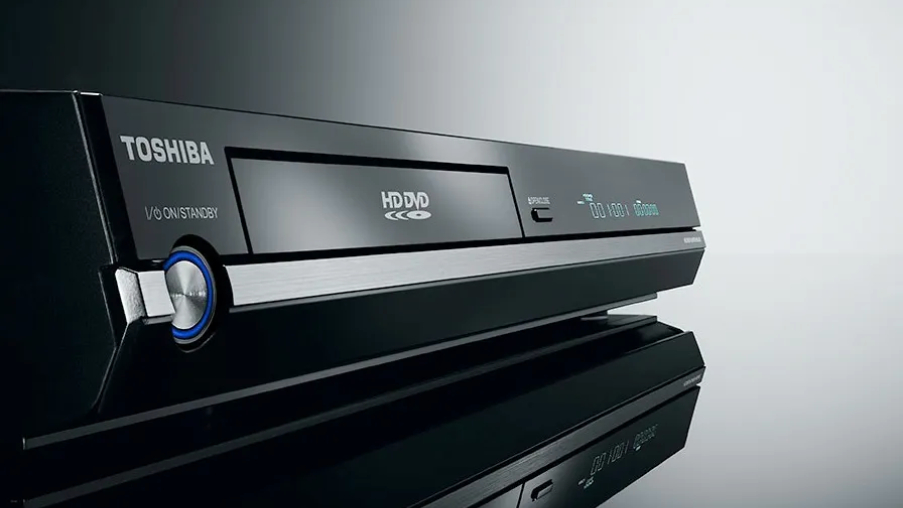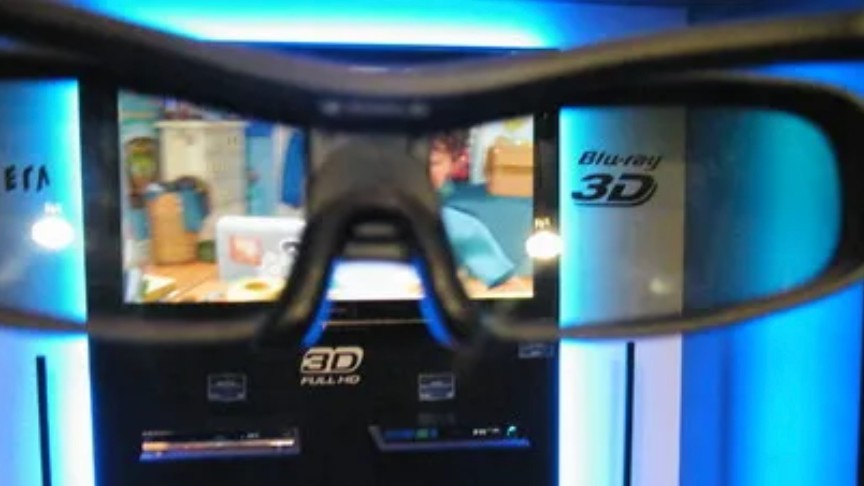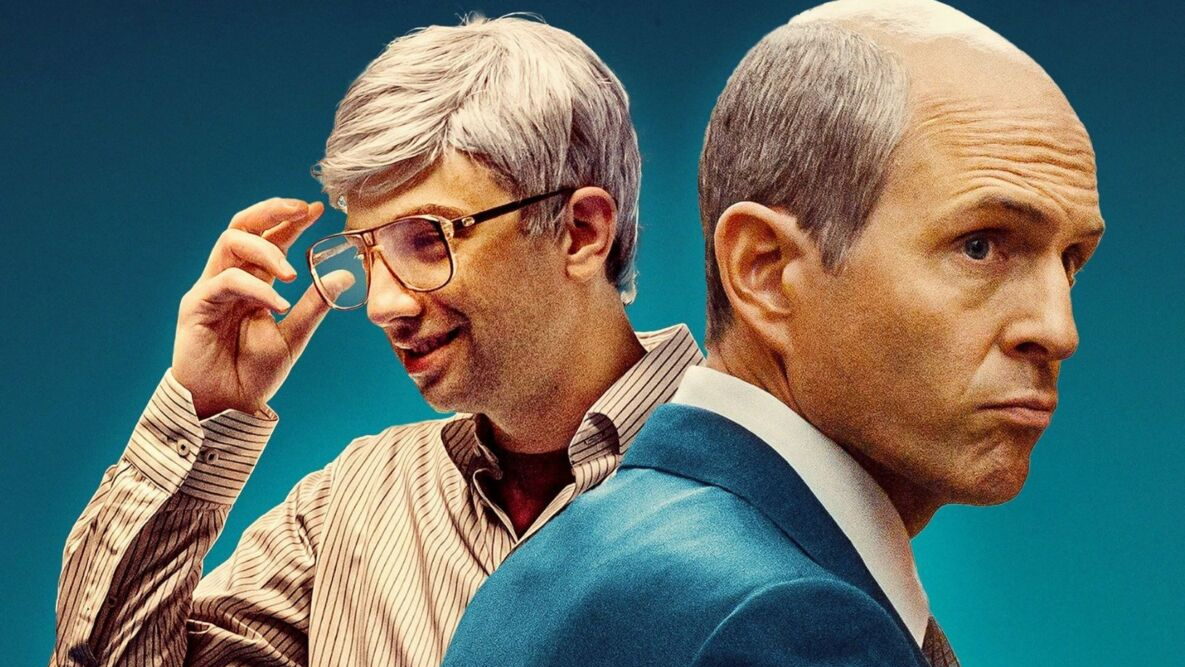The tech graveyard: 6 fantastic failures whose ghosts still haunt us today
HD DVD, you don't scare me!

Anyone who saw Matt Johnson’s splendid bittersweet comedy Blackberry with first-hand knowledge of the awful Blackberry Storm, this is for you – although if you're too young to remember the pre-iPhone era, you can consult our archive feature on 11 moments that defined Blackberry's history, or our even older Storm 2 review for that. (And I despise you.)
But it's not all happy memories of calling our friends' expensive phones 'CrackBerries' out of pure jealousy. Perhaps you still harbor an HD DVD player in a cupboard at home, an 8-track machine plus a copy of Blondie's Parallel Lines (because it's the only format you own it on), or a huge collection of SACDs plus an OPPO 4K Blu-Ray player on which to play them – even as Disney seemingly seeks to kill off the format.
Some will argue SACD is alive and well (it isn't) and 4K Blu-Ray sales have never been healthier (also not true, although Blu-Ray avoids this roundup because it's not dead yet) but humans are pack rats and nesters. We hold on to this stuff. Why? Because you never know guys, it could come back. You never know.
A couple of things also didn't make this list because the loss is still too raw: iPod Classic and Microsoft Zune (which featured in James Gunn's Guardians of the Galaxy Vol. 3) we're looking at you – and while we're sad some of these didn't pull through to achieve the success they deserved, others really did need to get in the sea.
1. HD DVD

HD DVD was originally called Advanced Optical Disc when under joint development by Toshiba and NEC in 2005. It was able to adopt the DVD part of its name when it gained endorsement by the DVD Forum – that's right, HD DVD gained the backing of the DVD Forum (an official body of the media and technology industries) over the other competing format made by Sony and its partners, our friend Blu-ray.
HD DVD could store over three times as much information as DVD (15GB compared to 4.7GB) and its audio credentials – 24-bit/192kHz (for two channels) or 24-bit/96kHz (for up to eight) – were also impressive.
HD DVD's downfall? In a word, Sony, who equipped its 2007 PlayStation 3 with a Blu-ray drive and essentially secured its own format's future. That and the Hollywood film industry, who ultimately preferred the fact that Blu-ray could hold even more information, at up to 50GB per disc.
Sign up for breaking news, reviews, opinion, top tech deals, and more.
HD-DVD: 2006 - 2008. Rest in peace, High Definition Digital Versatile Disc
- Read another heritage feature from the 2008 TR archives: HD DVD, why it's all over
2. 3D TV

As we enthused from CES 2010, "3D TV is perfect for money-making. Sony, one of the big guns in the 3D world, is to start making 3D-Ready badges for its upcoming range of TVs… Even though there will be a significant lack of 3D media to play on your 3D TVs, you have to remember that this hasn't stopped consumers buying an HDTV before they have anything that pipes out HD content to plug to the telly. Consumers love a bit of future-proofing now and again."
So how come that 3D future never came to fruition? We'd all just come back from watching the first Avatar in glorious 3D at our local movie theater. Now you could have that at home? Come on! Sadly, although 3D TV sales peaked at 41.5m units in 2012 (as reported by DisplaySearch), uptake declined drastically from 2013 onwards.
One of the reasons is the glasses. 4K resolution, which could have made the quality of 3D much better while still using passive agnostic glasses, was relatively hot off the fire and a long way off becoming affordable enough to get involved. Meanwhile, the active spectacles were expensive, not universally compatible, needed too much charging to be relied upon, and could be uncomfortable – nobody needs a migraine before bed.
Since the start of 2017, practically every 3D TV line joined the big movie night in the sky. Samsung, who arguably talked up 3D the most back in 2010, hasn't made a 3D TV since 2015.
But 3D visuals aren't gone – for one thing, Avatar: The Way of Water brought it all back at the end of last year, didn't it? And there are three more James Cameron Avatar epics in the pipeline (probably), with the Avatar threequel set to arrive on December 19, 2025. Oh, and TR's US Editor in Chief Lance Ulanoff recently saw Magnetic3D's impressive, glasses-free 3D TV and he almost thinks it could be a thing again.
3D TV: 2010 - 2017. We kinda wish you'd make a big blue comeback
3. Blackberry

At the height of its power, Blackberry (founded in Waterloo, Canada, by engineering students Mike Lazaridis and Douglas Fregin, who originally named their firm Research In Motion, or RIM, in 1984) was the top smartphone platform, with a 43% share of the US phone market. As anyone who watched the recent movie knows, today, Blackberry has a 0% share of that market.
Look, the 2006 Blackberry Pearl, even with its new-fangled camera and a media player, was never going to compete with Apple's groundbreaking iPhone (unveiled in 2007) was it – especially when the App Store arrived in 2008?
Blackberry devotees continued to love their devices for business (and the 2008 Blackberry Bold was admittedly very successful) but the iPhone was all pleasure. The tide had turned and Blackberry had to follow in its slipstream. Android launched quietly towards the end of 2008, and hot on its heels was RIM's first touchscreen device, the Blackberry Storm. It was up against the iPhone, the Palm Pre, and the HTC Dream. It would be fair to say that the Storm did not compare favorably, with reports of glitches, sluggish performance, and a poor touchscreen experience.
In January 2022, BlackBerry began shutting down its remaining services, with users running BlackBerry devices with BlackBerry OS 7.1 and BlackBerry losing all access to data and even the once iconic BlackBerry messaging service.
We hope it didn't pan out like the movie, with Lazaridis himself taking a screwdriver to each and every box-fresh Blackberry Storm in an effort to stop the buzzing.
Blackberry: 1999 - 2022. It was so much fun while it lasted
4. Amazon Fire Phone

Even a cursory glance at our 2015 Amazon Fire Phone Review with its 2.5/5 star-rating (which some of the team at the time thought was lenient) proves we didn't much like this particular Amazon Fire handheld.
The largely forgotten and quickly extinguished Fire was announced on 18th June, 2014, not long after the rather good 2013 Kindle Fire HDX 7 and it heralded Amazon's first – and as it turned out, only – foray into 3D-enabled Fire smartphones.
Early feedback denounced the Fire Phone for its hot and heavy pricing. At $299 for the 64GB model with a two-year contract (or $749 without one) it was too expensive for budget-conscious Amazon lovers. Add to this its drab design, bizarre features (no, a way to unlock it with your ear wouldn't save it) and poor ecosystem support and it's easy to see why we labelled it "a colossal fail", even writing "buy the Amazon Fire Phone if you want a life of regret" in a feature we helpfully called Five reasons to stay away from the Amazon Fire Phone.
Three weeks post-launch, the Guardian reported that although Amazon had remained tight-lipped about its figures, no more than 35,000 Fire Phones could have been sold – and Amazon later admitted it had made an error in its pricing strategy of the Fire Phone.
Amazon snuffed this particular Fire out barely a year after starting it, accepting a hit reportedly in the region of $170m. We think Jeff Bezos is still OK though.
Amazon Fire Phone: 2014 - 2015. Once stamped out, some fires are better left alone
5. 8-track cartridge

TR's Senior Editor of Home Entertainment in the US, Al Griffin, fondly remembers, "My parents had a car with an 8-track player in it. I loved it when the track ka-chunked in the middle of the guitar solo in Neil Young's Cortez the Killer!"
It's true, the automotive industry loved 8-track machines – Bentley and Rolls Royce fitted them as standard for years – but 8-tracks were not devoid of drawbacks. While these chunky, often colorful tapes produced excellent audio playback for the era, that ka-chunk or clicking sound is probably what they're best remembered for.
To clarify (for the irritatingly young reader): an 8-track divided audio into distinct programs, so if an album couldn’t be split cleanly into these programs, some songs would have to get cut in the middle – which was heard as a noticeable click or audio artifact while you were listening to it.
Meanwhile, Philips had been refining its compact cassette format since its earlier introduction in 1962. By the early 70s, improvements in durability and the fact that you can rewind a cassette but you can't an 8-track meant it became the preferred portable alternative.
8-track cartridge: 1965 - 1982 "I don't care if it's showing my age, I still love Blondie on 8-track!" – Becky Scarrott, Senior Staff Writer, Audio.
6. SACD

Sony and Philips once again buddied up in the late 90s (after all, the fruit of its previous collab, the Compact Disc, proved fairly popular didn't it?) and thus, the Super Audio CD was born. It's physically identical to CD, but Sony championed it because it uses its own Direct Stream Digital (DSD), a 1-bit system with samples at 2822.4 kHz – aka hi-res audio. And it provides a longer playing time than a conventional CD. So why didn't it take off?
First off, software support was slow to join the party (weird when you consider that Sony owns such a huge back catalog of music). Also, although hybrid SACDs could be read and played by conventional CD players, flagship dual-layer SACDs (with 8.5GB of storage, space for up to six discrete audio channels, and DSD audio encoding) require a dedicated player. Perhaps, in an era of music streaming services and vinyl's continued, if debatable resurgence, SACD is the format that got lost in the melee.
A few of the best 4K Blu-ray players continue to offer SACD playback, (look to OPPO or Marantz for dedicated players) but we recently checked out the $5k Hegel Viking CD player, which astonishingly doesn't offer SACD playback. And for us, the 2007 nixing of SACD support for the PlayStation 3 was pretty telling.
Then again, SACD isn't officially dead! Hardly thriving, but if you have a player and you can still come by the discs, you have both our approval and our respect, friend.
SACD: 1999 - 2007 You are safe in my heart and my heart will go on (and on)
You may also enjoy

Becky became Audio Editor at TechRadar in 2024, but joined the team in 2022 as Senior Staff Writer, focusing on all things hi-fi. Before this, she spent three years at What Hi-Fi? testing and reviewing everything from wallet-friendly wireless earbuds to huge high-end sound systems. Prior to gaining her MA in Journalism in 2018, Becky freelanced as an arts critic alongside a 22-year career as a professional dancer and aerialist – any love of dance starts with a love of music. Becky has previously contributed to Stuff, FourFourTwo and The Stage. When not writing, she can still be found throwing shapes in a dance studio, these days with varying degrees of success.